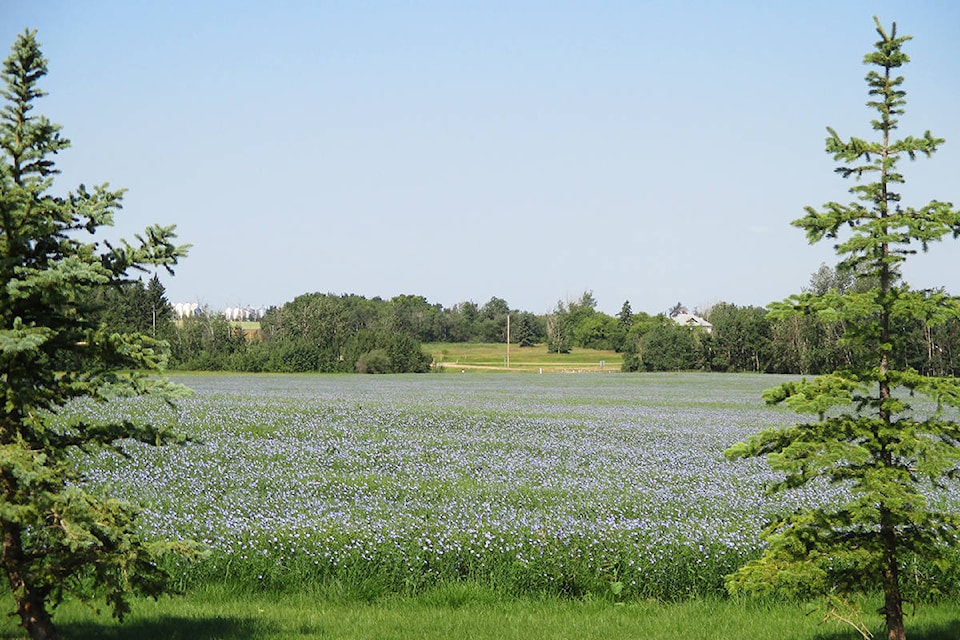Many crops surrounding Bashaw and Ponoka are feeling the effects of the recent excessive heat wave.
The latest Alberta Crop Report points out that the heat, sometimes reaching into the low 30s, is beginning to affect several types of crops.
“This combined with the lack of moisture in the last week or so has started to affect both the quality and yield of crops and grasses,” according to Ashan Shooshtarian, crop statistician with Alberta Agriculture and Forestry.
“There has also been some hail damage reported across the region.”
Meanwhile, spring cereals are reported in the head emergence stage, while canola is sitting at five per cent podding and 83 per cent flowering. Pulses throughout the area are reported as over 70 per cent in the flowering stage.
As a result, both pulse crops and canola are suffering from the heat with a potential loss due to flower blasting.
However, crop condition ratings for all crops in central Alberta are rating higher than the five-year average. Cereals, canola and pulses all exceed 68 per cent as good to excellent, meanwhile potatoes are being reported at 100 per cent good to excellent.
The lack of moisture, which has made surface soil moisture levels drop from 83 to 70 per cent as good to excellent, is affecting hay and pasture land. Just over 50 per cent of pastures are rated good to excellent and nearly 10 per cent is rated poor.
Provincially, there has been a decline in overall crop conditions of about five per cent, with the far south and central areas being the largest contributors to that figure. The northwest and Peace regions have seen conditions remain low because of the lingering effects of excessive spring moisture.
That has meant some highly variable swings, depending on the region, of soil moisture reserves. Levels range from poor at 13 per cent to 34 per cent good to 10 per cent excessive.
The first cut hay is now 64 per cent complete across the province with an estimated yield of 1.8 tons per acre — higher than the five-year average of 1.5. Meanwhile, quality is rated at 91 excellent.
